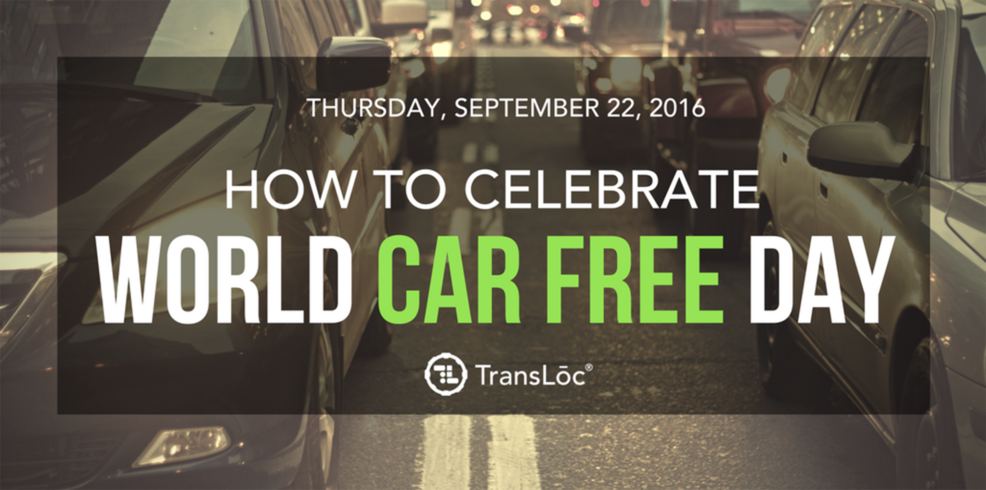
On Sept. 22, consider leaving your car keys at home — on purpose this time.
Each year on Sept. 22, cities around the globe celebrate World Car Free Day in an effort to encourage individuals to reduce their impact on the environment by forgoing their personal vehicles. Admittedly, there’s a benevolent ulterior motive: a nudge to see if mass transit could become part of your daily routine.
In anticipation of World Car Free Day, we’ve put together a guide for public transit newbies. You’ll be prepared no matter which car-free mode of transportation you choose.
Bike
If you plan to bike to work on World Car Free Day, you’re in good company. Bike commuting has grown by 62% in the U.S. over the past few years. Aside from being a good form of exercise, biking is considerably less expensive than driving. It costs about $308 per year to keep a bike in working order versus $8,946 for a car.
Before hitting the road, consider the following:
- Is your bike is in good working order? Do a quick bike safety check.
- Revisit hand signals to make sure you’re obeying the rules of the road.
- Wear a helmet and the appropriate footwear.
- Map out your route in advance using Google Maps or an app like MapMyRoute.
Bus
According to the most recent U.S. Census on transportation, the most popular car-free means of transportation is the bus (followed closely by the subway). Riding the bus is simple and can be made even easier with a bit of preparation:
- Purchase fares in advance or have exact change.
- Plan your route and track the bus with a real-time travel concierge app like TransLoc Rider.
- Get to the bus stop 5-10 minutes in advance of your scheduled departure time; you never know when the bus will be early! Make sure to be visible to the bus driver.
- Bring that book you’ve been meaning to finish. The average commute is 25 minutes, enough time to finish a chapter or two.
For more first-time bus riding advice, check out this guide.
Subway
The Tube. Train. Metro. Underground. No matter what you call it, taking the subway is a cost-effective way to traverse major metropolitan areas. Though it can be a bit difficult to navigate for novices, a metrocard and a subway map can be your keys to the city. Just follow these steps and you’ll be a regular tube-taker in no time.
- Get a map or, where applicable, use your transit authority’s designated app or web platform to plan your route.
- Get a subway pass/metrocard/tokens. It’s very likely your transit authority doesn’t accept exact change.
- Wait for passengers to disembark before you get onto your train.
- Don’t run! Some of the most common accidents that occur in subway stations are from slipping and falling. Another train will be along shortly, we pinky swear.
- Be the nice guy; give up your seat to people with canes, crutches, casts, walkers and women who are pregnant if you are able.
Carpool
Carpooling isn’t technically going car-free but since it can help reduce traffic congestion and help the environment it’s often included as a World Car Free Day option. When it comes to going car-free for non-public transit users, carpooling might be a good place to start. Here are a few rules to follow:
- Offer to pitch in on the cost of gas or alternate which car you and your fellow carpoolers take each day.
- Be on time for pickups and drop-offs. Creating a schedule with pickup and drop-off times can be helpful.
- Obey the vehicle owner’s rules about food and drink in the car. Your morning coffee might have to wait.
- Negotiate appropriate tuneage.
How do you plan to celebrate World Car Free Day? What tips can you offer first time bike, subway, bus, or carpool commuters?